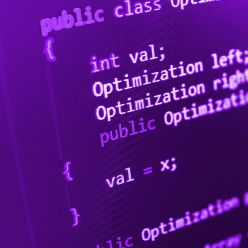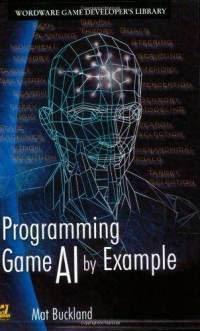Showing the progress of a long running operation in a web page
 We had a legacy import page in our application that took a very long time to perform its operation. Thus, the user was faced with a long loading empty page and no feedback. We wanted to do something to show the user the progress of the import without fundamentally changing the page. Of course, the best solution would have been to make the import an asynchronous background operation and then periodically get the status from the server via Ajax calls, but limited by the requirement to not change the page we came up with another solution: we would send bits of javascript while the import went on.
We had a legacy import page in our application that took a very long time to perform its operation. Thus, the user was faced with a long loading empty page and no feedback. We wanted to do something to show the user the progress of the import without fundamentally changing the page. Of course, the best solution would have been to make the import an asynchronous background operation and then periodically get the status from the server via Ajax calls, but limited by the requirement to not change the page we came up with another solution: we would send bits of javascript while the import went on.An attempt was made but it didn't work. All the scripts were loaded and executed at once. The user would still see an empty page, then a progress bar that immediately gets to 100%. Strange, that, since we knew that in certain circumstances, the scripts are executed as they are loaded. The answer was that browsers are caching a minimum bit of the page before they are interpreting it, about 1024 characters. The solution, then, was to send 1024 empty spaces before we start sending in the progress. This value of 1024 is not really documented or standard; it is a browser implementation thing.
Our design had the page loaded in an iframe, which allowed for scripts and html to not be loaded in the import page (thus making us stumble upon this behavior), and allowed for them to be loaded in the parent page. The scripts that we sent through the ASP.Net pipeline (using Response.Write and Response.Flush) accessed the resources from the parent page and showed a nice progress bar.
In case the page would have been a simple ASP.Net page, then the html and the CSS would have had to be sent first, perhaps instead of the 1024 spaces. There would have been problems when the page would have finished the import and the output of the page would have followed the one sent via the pipeline, but for our specific scenario it seems mere spaces and script blocks did not change the way browsers interpreted the rest of the page output.
A secondary side effect of this change was that we prevented the closing of the connection by some types of routers that need HTTP connections to have some traffic sent through them in an interval of time, providing a sort of "keep-alive". Before we made this change, these routers would simply cut the connection, leaving the user hanging.

